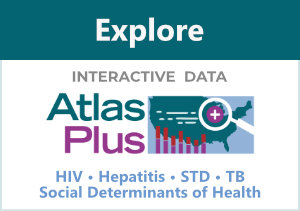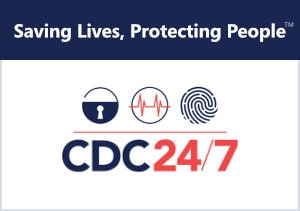Suicide and Violence Prevention
Violence is a serious public health problem in the United States. It can affect all types of people throughout their lives. Those who survive violence are usually left with permanent physical and emotional scars. Gay, bisexual, and other men who have sex with men are at overall increased risk of violence because of homophobia, harassment, and violent acts directed towards gay persons.
Suicide Prevention
Males in the United States are more likely to take their own life at nearly four times the rate of females and represent 79% of all U.S. suicides. Suicide is the seventh leading cause of death for males in the United States. Gay, bisexual, and other men who have sex with men are at even greater risk for suicide attempts, especially before the age of 25. A study of youth in grades 7-12 found that lesbian, gay, and bisexual youth were more than twice as likely to have attempted suicide as their heterosexual peers. Some risk factors are linked to being gay or bisexual in a hostile environment and the effects that this has on mental health.
Key Suicide and Violence Prevention Resources
988 Lifeline
If you or someone you know is struggling or in crisis, help is available. Call or text 988 or chat 988lifeline.org
LGBT Youth Resources
The Trevor Project – A national organization focused on crisis and suicide prevention among lesbian, gay, bisexual, transgender, and questioning (LGBTQ) youth.
Intimate Partner Violence
Intimate partner violence occurs between two people in a close relationship, including current and former partners. Intimate partner violence can range from one time to ongoing battering. Intimate partner violence includes four types of behavior: physical violence, sexual violence, threats of physical or sexual violence, and emotional abuse. The Victimization by Sexual Orientation Report [PDF – 968 KB] has shown that 26% of gay and 37% bisexual men experience intimate partner violence at some point in their lifetime. According to data from Youth Risk Behavior Surveys (YRBS) conducted during 2001-2009 in seven states and six large urban school districts, 19% to 29% of gay and lesbian students across the sites and 18% to 28% of bisexual students across the sites experienced dating violence in the prior year.
LGBT Specific Resources
General Resources
- Fact Sheet on Victimization by Sexual Orientation [PDF – 968 KB]
- National Domestic Violence Hotline at 800-799-SAFE (7233), 800-787-3224 TYY
- GLBT National Help Center – Providing free and confidential telephone and Internet-peer counseling, information and local resources
- Understanding Intimate Partner Violence
- Preventing Teen Dating Violence [PDF – 550 KB]
Sexual Violence
Sexual violence refers to sexual activity that happens against someone’s will. The person responsible for the violence is usually someone known to the victim. Sexual violence does not only include physical sexual contact, such as unwanted touching and rape, it also includes sexual harassment, threats, peeping, and taking nude photos. The National Intimate Partner and Sexual Violence Survey [PDF – 1.72 MB] has shown that around 40% of gay men experienced sexual violence (other than rape) in their lifetime and around 47% of bisexual men experienced sexual violence (other than rape) in their lifetime.
According to data from the Youth Risk Behavior Survey (YRBS) conducted during 2001-2009 in seven states and six large urban school districts, 14% to 31% of gay and lesbian students across the sites and 17% of 32% of bisexual students across the sites had been forced to have sexual intercourse at some point in their lives.




